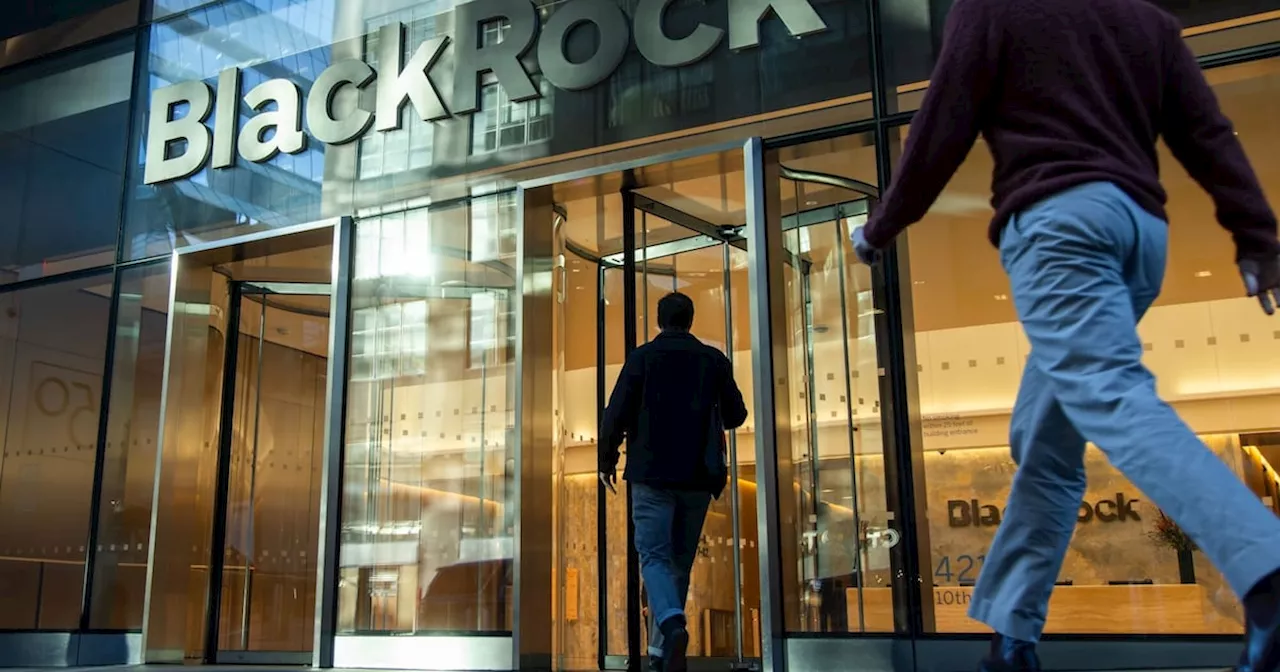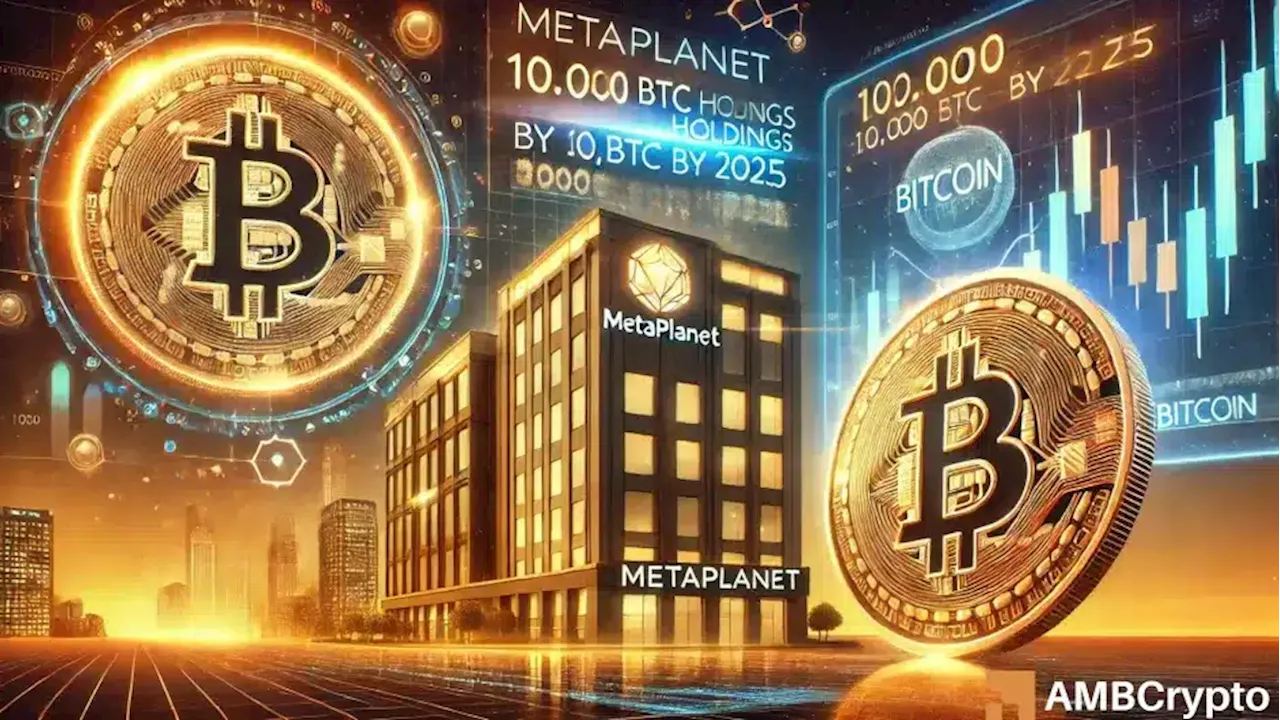Bitcoin (BTC) faces a crucial juncture with substantial liquidity both above and below its current price. U.S. institutions are driving BTC growth with increased interest from exchanges, funds, and banks, leading to a higher percentage of BTC held by U.S. institutions compared to their non-U.S. counterparts. However, U.S. retail investors, according to the Coinbase Premium Index, are exhibiting a bearish sentiment and selling BTC. AMBCrypto analysis suggests that if retail investors turn bullish and non-U.S. entities increase their BTC holdings, BTC could experience further price appreciation. Conversely, if selling pressure continues, BTC might dip towards lower liquidity levels before potentially rebounding.
BTC stands at a pivotal point, with significant liquidity levels positioned both above and below its current price.According to CryptoQuant, there has been a surge in interest among U.S. institutions—including exchanges, funds, and banks—in BTC, which has been a key driver of its growth.
AMBCrypto analysis revealed that while U.S. institutions are purchasing, U.S. retail investors are not bullish on BTC. Instead, they are selling.
BITCOIN INSTITUTIONS RETAIL INVESTORS LIQUIDITY MARKET SENTIMENT
Canada Latest News, Canada Headlines
Similar News:You can also read news stories similar to this one that we have collected from other news sources.
 Slow Fed Rate Cuts and Institutional Positioning Could Negatively Impact BTCAmberdata, a Crypto Options analytics firm, cites sticky U.S inflation and expectations of fewer Fed rate cuts in 2025 as short-term risks for BTC. Institutional traders are betting on a potential BTC drop to $55k, which could limit the upside potential.
Slow Fed Rate Cuts and Institutional Positioning Could Negatively Impact BTCAmberdata, a Crypto Options analytics firm, cites sticky U.S inflation and expectations of fewer Fed rate cuts in 2025 as short-term risks for BTC. Institutional traders are betting on a potential BTC drop to $55k, which could limit the upside potential.
Read more »
 Bitcoin ETF Outflows Surge as Institutional Demand CoolsBlackRock Inc.'s iShares Bitcoin Trust ETF (IBIT) experienced its largest outflows since launch, marking a third consecutive day of withdrawals and signaling a potential slowdown in institutional interest in Bitcoin. Other Bitcoin ETFs in the US also saw significant outflows, and Bitcoin futures open interest declined from its December peak. Experts attribute the trend to institutions reducing risk and adjusting portfolios for year-end.
Bitcoin ETF Outflows Surge as Institutional Demand CoolsBlackRock Inc.'s iShares Bitcoin Trust ETF (IBIT) experienced its largest outflows since launch, marking a third consecutive day of withdrawals and signaling a potential slowdown in institutional interest in Bitcoin. Other Bitcoin ETFs in the US also saw significant outflows, and Bitcoin futures open interest declined from its December peak. Experts attribute the trend to institutions reducing risk and adjusting portfolios for year-end.
Read more »
 Metaplanet’s 2025 vision: CEO outlines plan to acquire 10,000 BTCMetaplanet’s Bitcoin ambitions ignite curiosity as the crypto world watches institutional demand reshape markets.
Metaplanet’s 2025 vision: CEO outlines plan to acquire 10,000 BTCMetaplanet’s Bitcoin ambitions ignite curiosity as the crypto world watches institutional demand reshape markets.
Read more »
 Coinbase Premium Index Plummets to Yearly Lows, Raising Concerns About BTC's FutureThe Coinbase Premium Index has hit record lows, signaling weak market demand and prompting warnings about a potential BTC crash. Some experts believe that the market is 'delusional' and overvalued BTC based on pro-crypto policies that may not materialize. Despite this pessimism, others anticipate key policy changes, such as the establishment of a BTC strategic reserve, which could drive BTC's price in 2025.
Coinbase Premium Index Plummets to Yearly Lows, Raising Concerns About BTC's FutureThe Coinbase Premium Index has hit record lows, signaling weak market demand and prompting warnings about a potential BTC crash. Some experts believe that the market is 'delusional' and overvalued BTC based on pro-crypto policies that may not materialize. Despite this pessimism, others anticipate key policy changes, such as the establishment of a BTC strategic reserve, which could drive BTC's price in 2025.
Read more »
 Solana's Price at a Crossroads: Can Social Volume and Active Address Trends Signal a Reversal?Solana's price is hovering around the crucial $180 level, with traders closely watching social volume and active address trends for potential price swings. While heightened social activity often precedes price volatility, a sustained decline in active addresses raises concerns about waning user engagement and potential price erosion. The article analyzes these trends and discusses the crucial support level of $180, highlighting the risk of further price declines if Solana fails to hold above this threshold.
Solana's Price at a Crossroads: Can Social Volume and Active Address Trends Signal a Reversal?Solana's price is hovering around the crucial $180 level, with traders closely watching social volume and active address trends for potential price swings. While heightened social activity often precedes price volatility, a sustained decline in active addresses raises concerns about waning user engagement and potential price erosion. The article analyzes these trends and discusses the crucial support level of $180, highlighting the risk of further price declines if Solana fails to hold above this threshold.
Read more »
 Aerodrome Sees Price Fluctuations Amidst Whale Distribution and Institutional InterestAerodrome's inclusion in Grayscale's top 20 for Q1 2025 sparks investor interest and potential for capital inflows. However, a divergence in sentiment emerges as whales consistently distribute AERO, contrasting with optimistic views from institutions. Smart traders capitalize on price swings, while LuxAlgo's market structure suggests potential for both upside and resistance. Aerodrome's financial health remains strong with a TVL of $1.409 billion and a market cap of $1.117 billion.
Aerodrome Sees Price Fluctuations Amidst Whale Distribution and Institutional InterestAerodrome's inclusion in Grayscale's top 20 for Q1 2025 sparks investor interest and potential for capital inflows. However, a divergence in sentiment emerges as whales consistently distribute AERO, contrasting with optimistic views from institutions. Smart traders capitalize on price swings, while LuxAlgo's market structure suggests potential for both upside and resistance. Aerodrome's financial health remains strong with a TVL of $1.409 billion and a market cap of $1.117 billion.
Read more »
